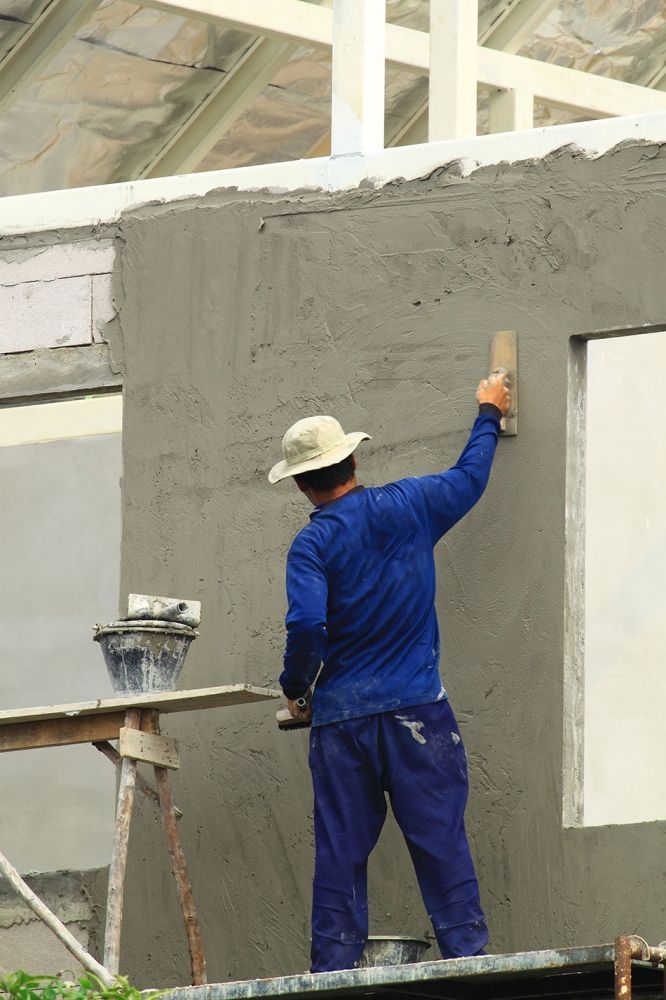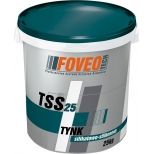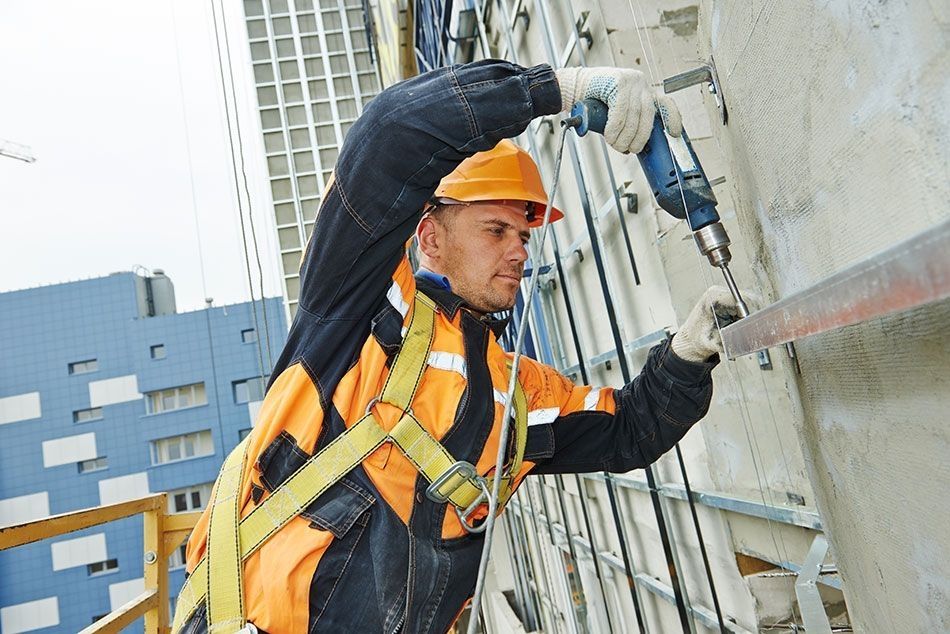Light wet or light dry method - methods for walls insulation
It determines both aesthetic and utility values, therefore more and more attention is paid to thermal insulation of exterior walls. All the more that, ways of performing work can be extremely different.
The aim is one: house insulation, which will be efficiently protecting the walls. There are two ways to achieve this goal. Light wet or light dry method. What exactly do they stand for? What are the differences? When to use the first one? And when the second one?

Light wet technology. Pros and cons
Currently, it is the most common way to finish walls the building walls. In the industry, other terms are used to describe it: ETICS (External Thermal Insulation Composite System), and formerly: seamless thermal insulation system, (BSO). What is light wet technology? In short, insulating sheets (e.g. polystyrene) are installed to the wall (with additional mechanical anchors), followed by application a reinforcing layer and a plaster. The weight of insulation with the plaster is only 10-30 kg/sq.m, hence it is called “light”. “Wet”, on the other hand, is called this way as water is necessary to mix with an adhesive and a plaster. Sounds easy but in real it requires not only knowledge but also the manufacturer’s instructions.

What are pros of this method? First of all this method features good thermal parameters, especially in the case of double or multi-layer wall technology, small thickness and a great selection of exterior plasters (mineral, acrylic, silicone and mixed, including e.g.silicate-siliconesilicate-silicone TSS 25 Silicate-Silicone RenderSee more). Cons? Price, greater susceptibility to mechanical damage, and application dependent on weather conditions - works cannot be carried out during and directly after rain or when relative humidity exceeds 80%. On the other hand FOVEO TECH offers also so called winter additive winter additive
TSS 25 Silicate-Silicone RenderSee more). Cons? Price, greater susceptibility to mechanical damage, and application dependent on weather conditions - works cannot be carried out during and directly after rain or when relative humidity exceeds 80%. On the other hand FOVEO TECH offers also so called winter additive winter additive  DZ 10 Winter AdditiveSee more to be applied at low temperatures, from 0 to 10 C degrees.
DZ 10 Winter AdditiveSee more to be applied at low temperatures, from 0 to 10 C degrees.

Light dry technology. Pros and cons
It is a professional term for walls cladding installed with no adhesives but mechanically, dry method. Usually on a wooden or steel structure fixed to the walls of the building. Insulation material - polystyrene or mineral wool - is placed in the structure. Or e.g. it is fixed to the wall by taking advantage of special anchors.

Pros of light dry method? Easy and quick installation, also a repair of damages, for example. In addition, cleanliness and an ability to perform work independently from seasons and prevailing weather, as well as resistance to dirt and high coating durability. Cons? It’s less available and cladding do not always match the building appearance.
